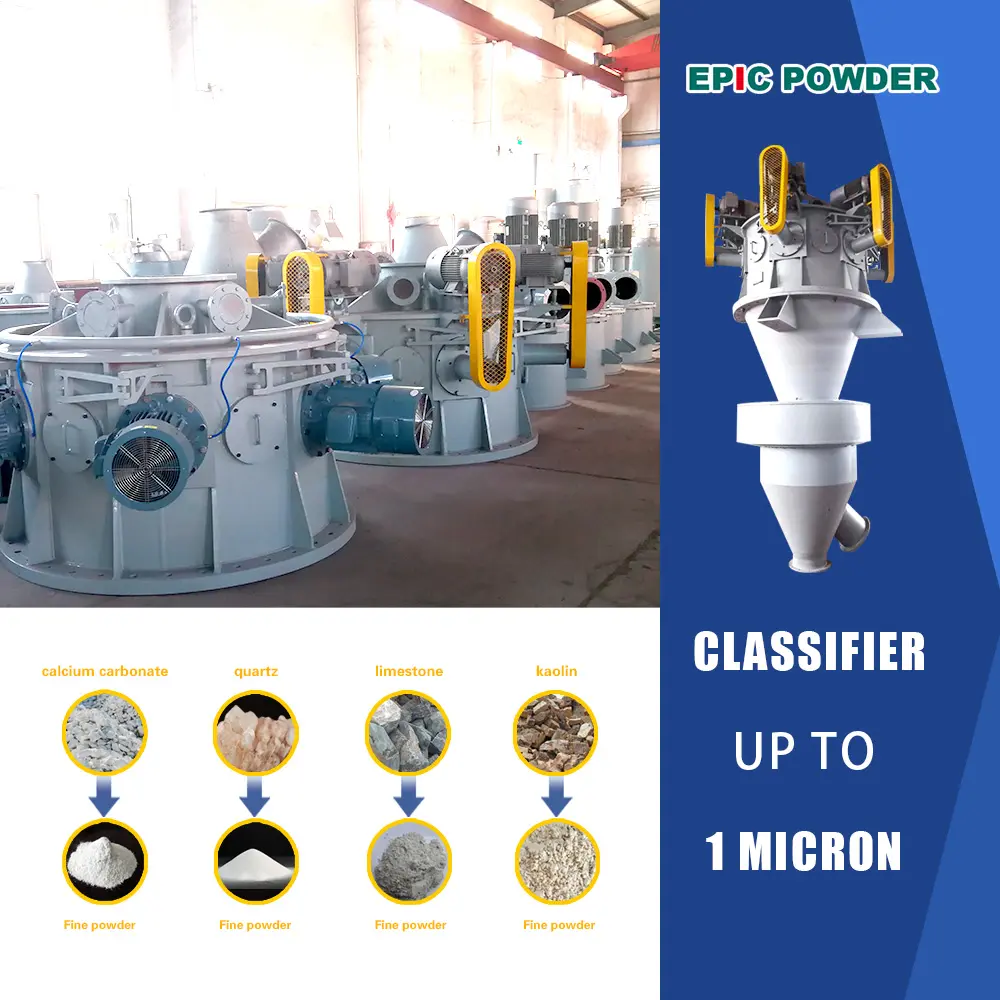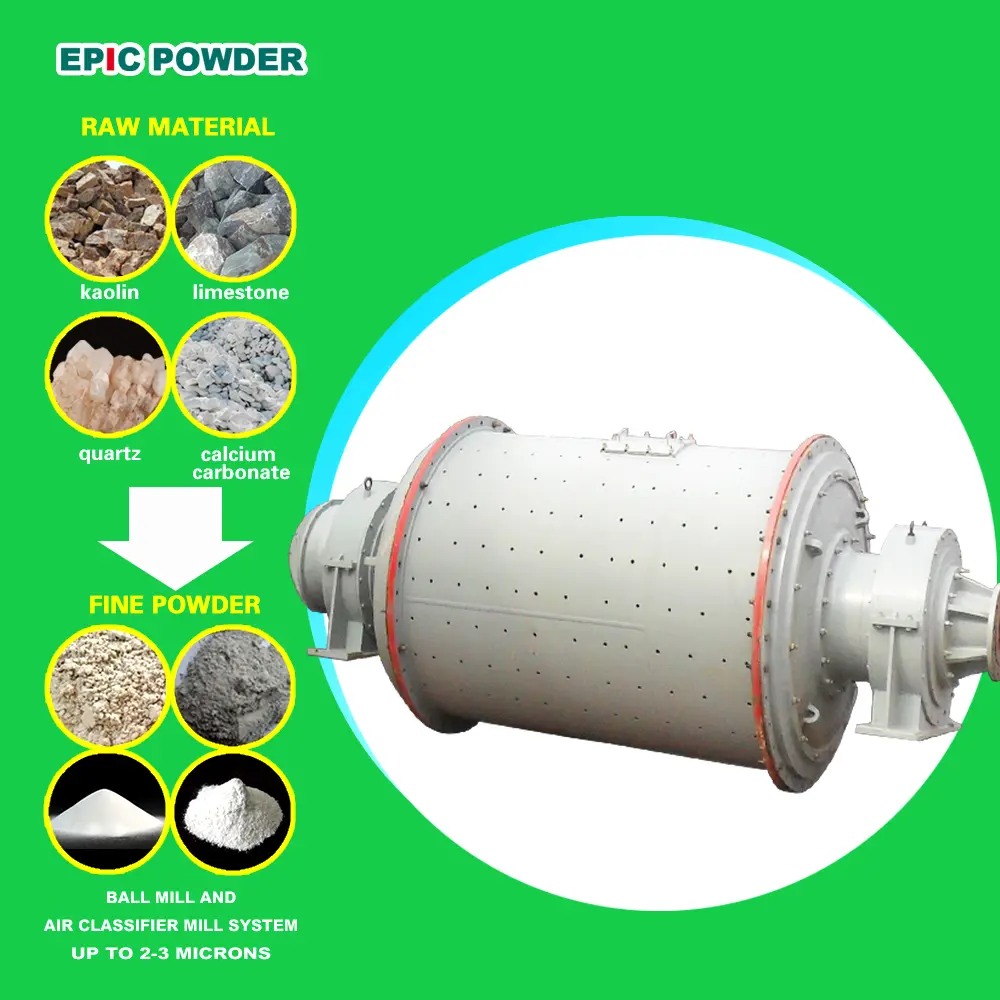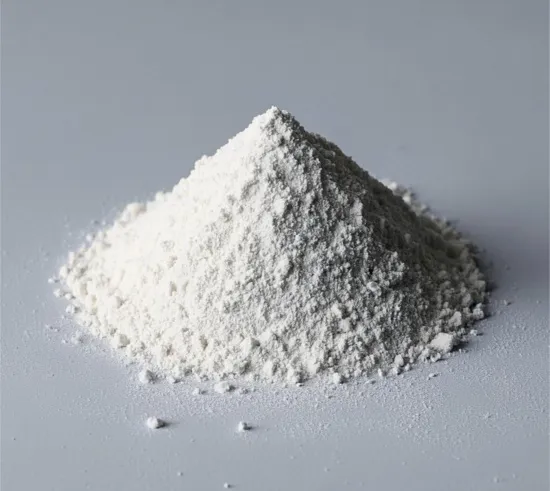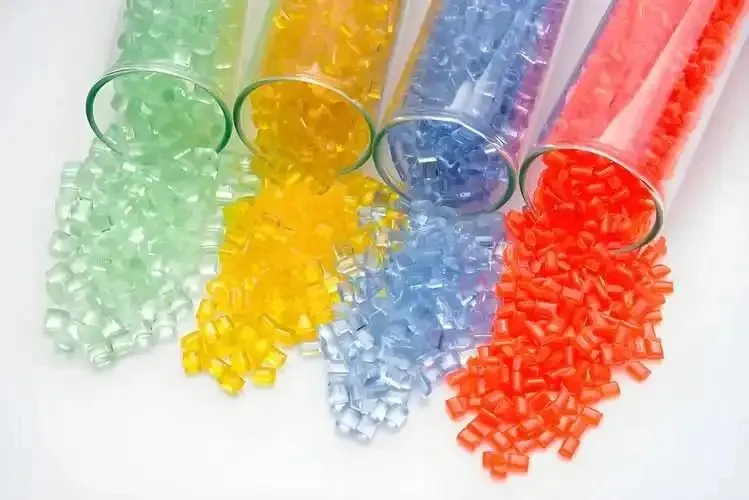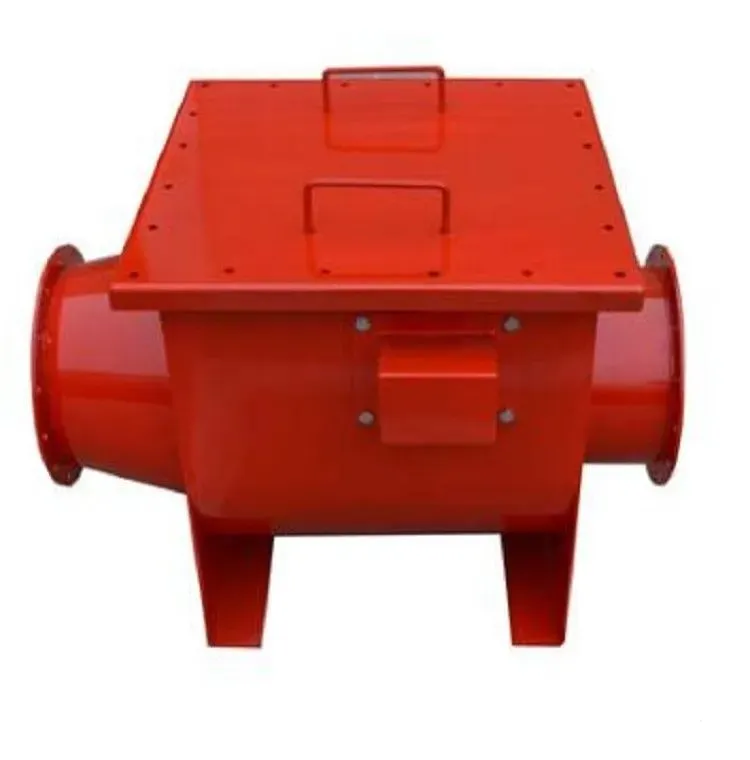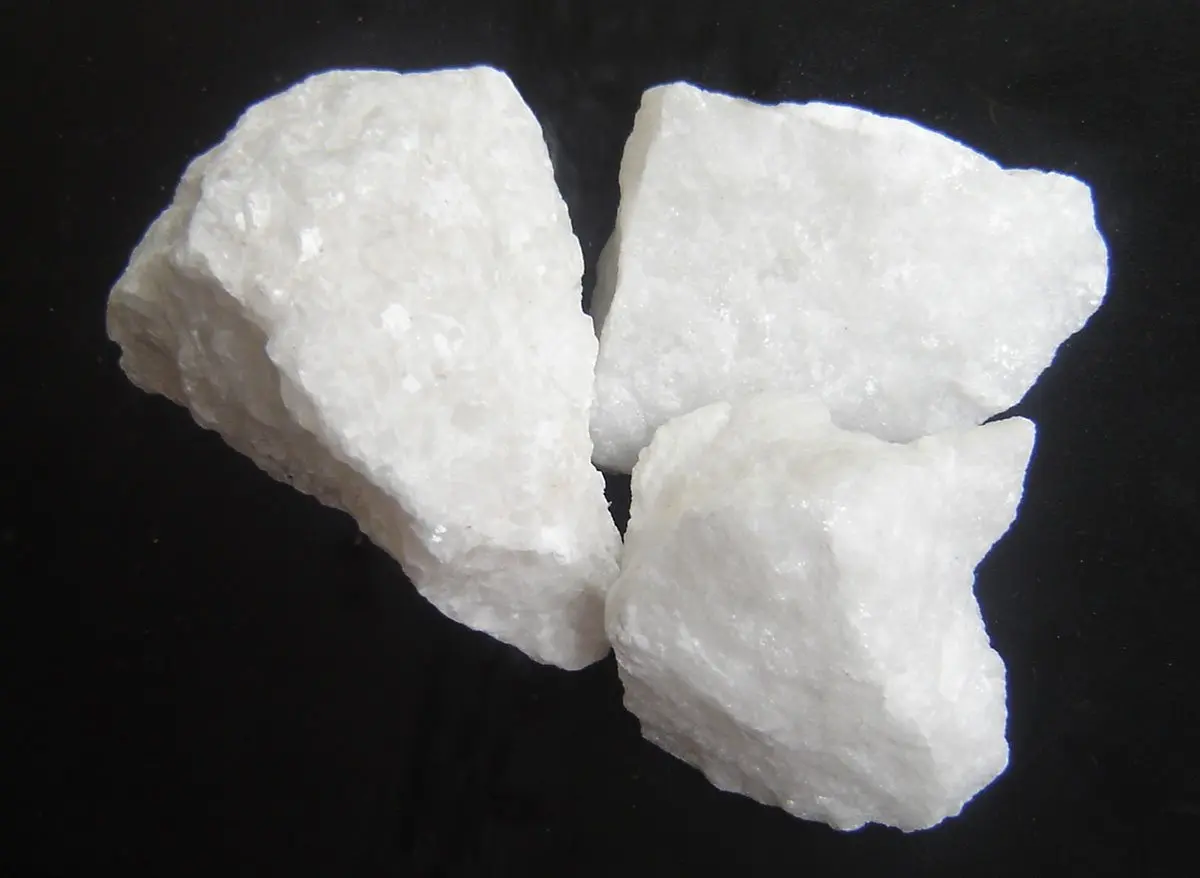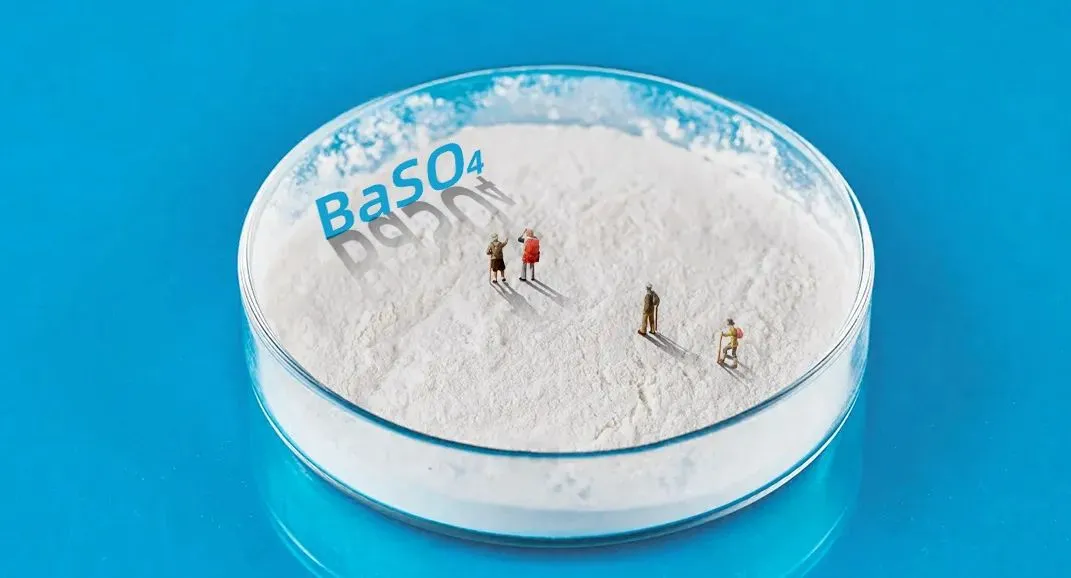To enhance the heat dissipation performance of lithium batteries, researchers have explored various methods. Among these, thermally conductive alumina has emerged as a prominent high-performance filler due to its excellent thermal conductivity, chemical stability, and cost-effectiveness. Currently, thermally conductive alumina is widely utilized in the heat dissipation design of lithium batteries. By incorporating it into the electrode materials, separator, or casing of the battery, the heat dissipation efficiency can be significantly improved.
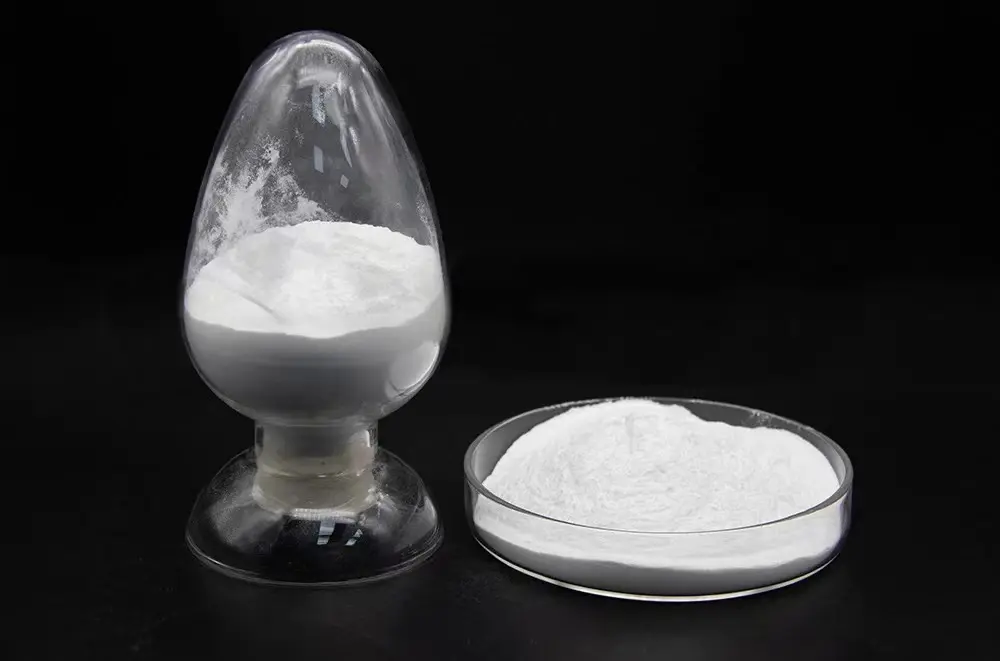
However, the application of thermally conductive alumina in lithium battery heat dissipation does face certain limitations, such as filler dispersibility and compatibility with battery materials. These challenges necessitate further research and optimization. Therefore, a deeper exploration of the mechanisms and effects of thermally conductive alumina in enhancing the heat dissipation performance of lithium batteries is essential for improving their overall efficiency.
Heat Dissipation Principles of Lithium Batteries
1. During the charging and discharging processes of lithium batteries, complex electrochemical reactions take place. These reactions primarily involve the embedding and de-embedding of lithium ions and the migration of electrons. Irreversible heat losses are generated during these reactions, which include: 1)Polarization Heat: Resulting from electrode reactions. 2)Ohmic Heat: Generated by the electrolyte solution. 3)Heat from SEI Formation and Decomposition: Occurring at the solid electrolyte interface (SEI).
The accumulation of these heat sources leads to an increase in battery temperature, which is the main mechanism of heat generation in lithium batteries.
2. The heat dissipation of lithium batteries primarily occurs through three mechanisms: 1)Heat Conduction: Heat is transferred through solid components such as electrode materials and separators within the battery. 2)Heat Convection: Heat is exchanged between the battery and the surrounding gas or liquid medium. 3)Thermal Radiation: The battery surface radiates heat outward in the form of electromagnetic waves. Among these mechanisms, heat conduction is the primary mode of heat dissipation in lithium batteries.
3. The heat dissipation performance of lithium batteries directly influences their overall performance and lifespan. Effective heat dissipation can significantly reduce battery temperature during operation, mitigating the risk of thermal runaway and enhancing safety. Additionally, proper heat management helps maintain uniform internal temperatures, reduces electrode polarization, and improves charge and discharge efficiency and energy utilization, ultimately extending the battery’s cycle life. Conversely, inadequate heat dissipation can accelerate performance degradation and potentially lead to safety hazards. Therefore, enhancing the heat dissipation capabilities of lithium batteries is essential for ensuring stable operation.
Characteristics of Alumina
- Properties of Thermally Conductive Alumina
Thermally conductive alumina is an inorganic non-metallic material known for its high purity and excellent thermal conductivity. Typically appearing as a white powder, it boasts remarkable chemical stability, high-temperature resistance, and good electrical insulation. The compact physical structure and uniform particle size of thermally conductive alumina make it an ideal thermally conductive filler.
2. Thermal Conductivity Mechanism
The thermal conductivity of thermally conductive alumina primarily relies on phonon conduction within its crystal structure. Phonons, which represent quantized lattice vibrations, facilitate heat transfer through lattice vibration. Due to the ordered and pure nature of its crystal structure, thermally conductive alumina efficiently transfers heat, thereby enhancing the overall thermal conductivity of the composite material.
3. Factors Affecting Thermal Conductivity
Several factors influence the thermal conductivity of thermally conductive alumina:
1) Particle Size and Shape: Smaller particles have a larger specific surface area, which improves thermal conductivity.
2) Particle Dispersion: Better dispersion allows for the formation of an effective thermal network.
An optimal filling ratio maximizes the thermal conductivity effect. Modifying the particle surface can enhance compatibility with matrix materials, reducing interface thermal resistance andk improving thermal conductivity. These factors collectively determine the thermal conductivity of thermally conductive alumina in practical applications.
Mechanism of Alumina in Improving Heat Dissipation of Lithium Batteries
1. Distribution of Thermally Conductive Alumina
In lithium batteries, thermally conductive alumina is typically distributed within the electrode material or battery separator, either as a uniform dispersion or in specific structures such as layered or networked configurations. The design of this distribution model is critical, as it determines the efficiency of the heat conduction network formed by the alumina particles inside the battery. An ideal distribution maximizes the contact area between particles, thereby enhancing heat conduction efficiency.
2. Altered Heat Conduction Pathways
The incorporation of thermally conductive alumina alters the internal heat conduction pathways of the lithium battery. Heat that was primarily conducted through the electrode material and electrolyte can now also be transferred through the additional heat conduction pathways created by the alumina. This change effectively shortens the heat conduction distance within the battery, reduces thermal resistance, and improves overall heat dissipation efficiency.
3. Interfacial Heat Conduction
Interfacial heat conduction between thermally conductive alumina and the lithium battery materials is a key factor influencing overall heat dissipation performance. The efficiency of interfacial heat conduction relies on the bonding strength and compatibility between alumina particles and battery materials. By employing surface modification techniques, interfacial thermal resistance can be reduced, thus enhancing interfacial heat conduction efficiency. Understanding this mechanism is essential for optimizing the application of thermally conductive alumina in lithium batteries.

